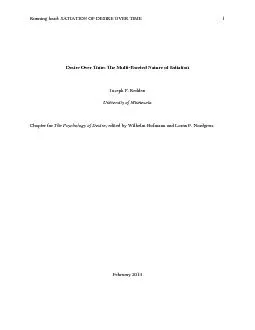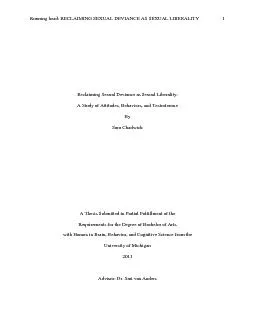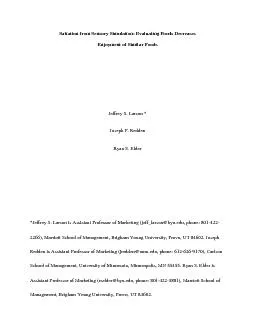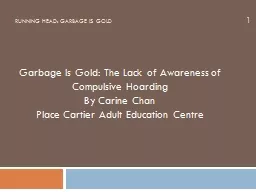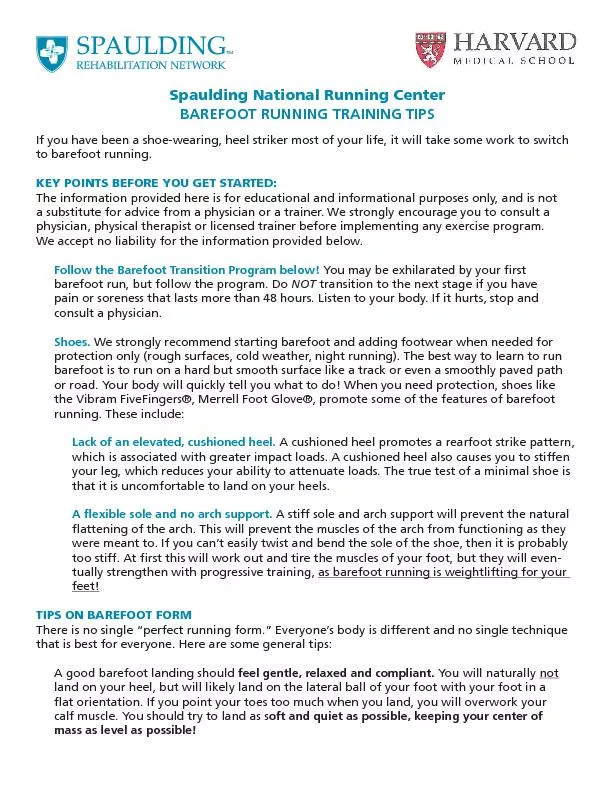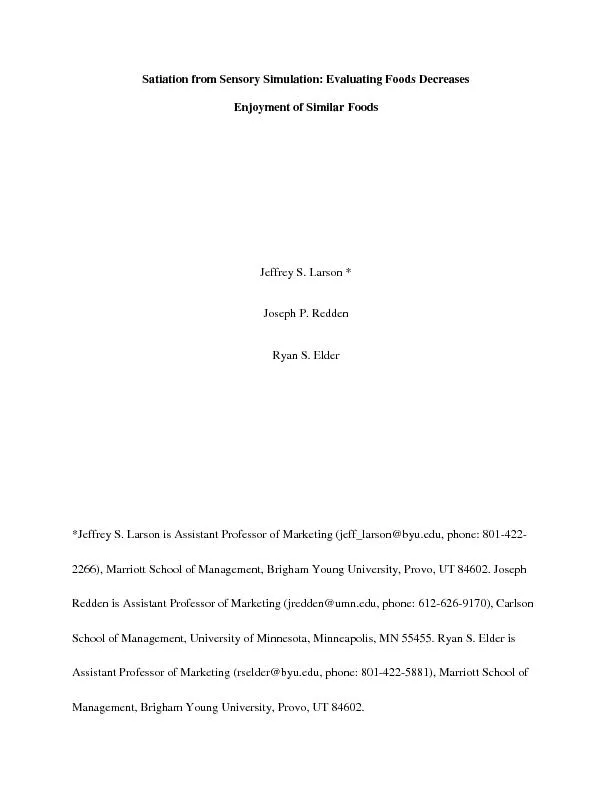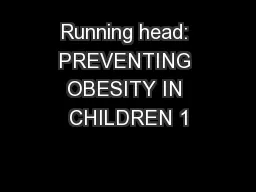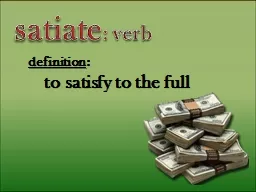PDF-Running head: SATIATION OF DESIRE OVER TIME 1 Desire Over Time: The Mu
Author : lindy-dunigan | Published Date : 2017-11-27
SATIATION OF DESIRE OVER TIME 2 Abstract Desire is dynamic in that enjoyment and wanting typically decline as one repeatedly consumes the same thing This consequence
Presentation Embed Code
Download Presentation
Download Presentation The PPT/PDF document "Running head: SATIATION OF DESIRE OVER T..." is the property of its rightful owner. Permission is granted to download and print the materials on this website for personal, non-commercial use only, and to display it on your personal computer provided you do not modify the materials and that you retain all copyright notices contained in the materials. By downloading content from our website, you accept the terms of this agreement.
Running head: SATIATION OF DESIRE OVER TIME 1 Desire Over Time: The Mu: Transcript
Download Rules Of Document
"Running head: SATIATION OF DESIRE OVER TIME 1 Desire Over Time: The Mu"The content belongs to its owner. You may download and print it for personal use, without modification, and keep all copyright notices. By downloading, you agree to these terms.
Related Documents

